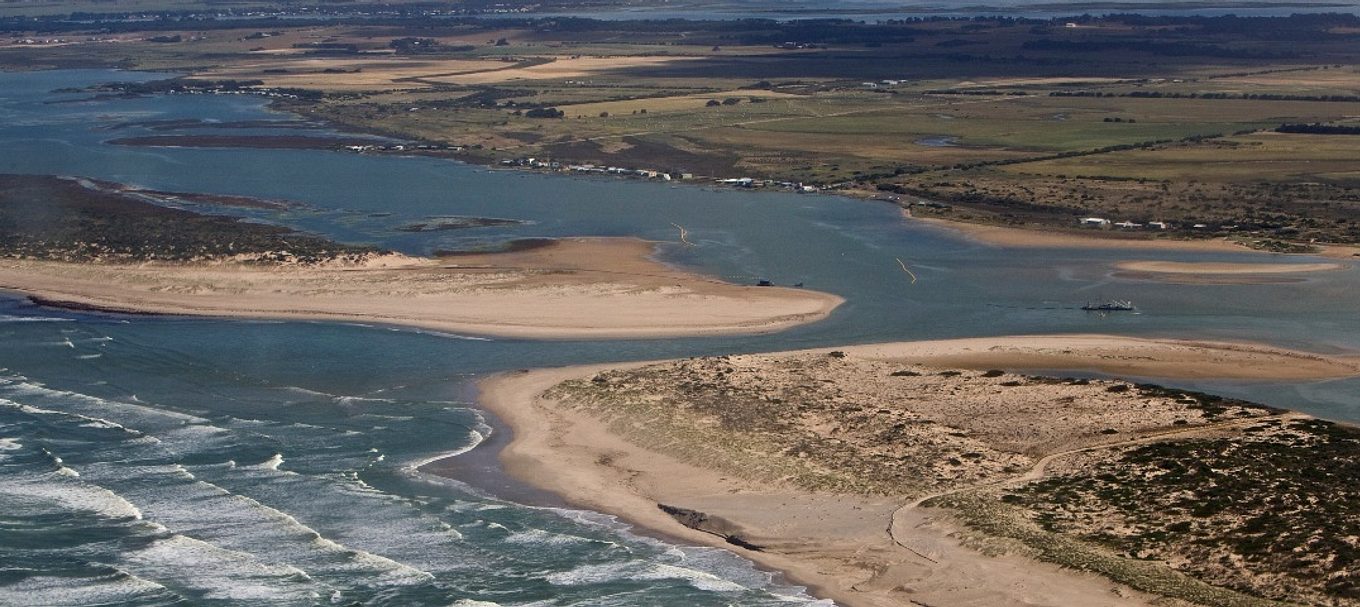
Understand why South Australia’s Coorong and Lower Lakes are so important
This World Wetlands Day, learn why the Ramsar-listed Coorong and Lower Lakes wetland is so important.
South Australia’s Coorong and Lakes Alexandrina and Albert became a Ramsar-listed wetland 37 years ago.
But do you know much about the area’s international ecological importance?
About the site
Located 200km south east of Adelaide, the 140,500ha site consists of the two lakes and the tributaries of the Finniss River and Currency Creek which form a wetland system at the mouth of the Murray River.
All of the land and water within the Coorong National Park, including the Younghusband Peninsula and the ocean beach to low water mark, also forms part of the site.
What makes this site so important?
The Coorong and Lower Lakes are internationally recognised for supporting rare and endangered plants and animals, as well as significant populations of waterbird and fish species.
It supports the greatest wealth of waterbird species in the Murray-Darling Basin. It hosts important nesting colonies of cormorants, plovers, ibises and terns, and also supports globally endangered species such as the orange-bellied parrot and the Murray cod.
And what makes it even more special is that the site comes with enormous cultural significance. It is the Traditional lands of the Ngarrindjeri and is part of the living body of the Ngarrindjeri Nation.
The region also supports local communities and industries, which include agriculture, viticulture, fishing, manufacturing and tourism.
What is Ramsar-listing?
The Ramsar Convention is an international agreement that aims to halt and, where possible, reverse the loss of wetlands around the world. It is named after the city of Ramsar in Iran, where the Convention was signed in 1971.
The agreement seeks to conserve the remaining wetlands through wise use and education about their value and importance.
As part of the Ramsar Convention, contracting parties make a commitment to:
- designate at least one site that meets the Ramsar criteria for inclusion in the List of Wetlands of International Importance
- promote the conservation and wise use of wetlands
- include wetland conservation within their national land-use planning
- establish nature reserves on wetlands and promote wetland training, and
- consult with other contracting parties about the implementation of the Ramsar Convention.
The Coorong and Lakes Alexandrina and Albert were designated as site number 321 under the Convention on 1 November 1985.
How does Ramsar-listing help a special site like the Coorong and Lower Lakes?
Ramsar listing raises the international profile of a site. For the Coorong and Lower Lakes, it has meant increased collaboration across all levels of government to improve long-term management of the wetland as well as increased legislative protection through the Commonwealth Environment Protection and Biodiversity Conservation Act 1999 (EPBC Act).
Want to explore this internationally significant site? Check out ourtips from Coorong National Park Ranger Tim Hartmanand ourguide to spending a day in the park.





